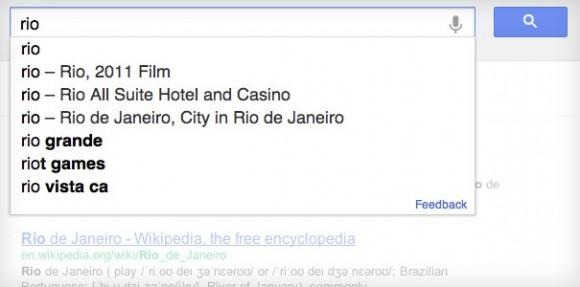Google Hummingbird Secretly Supercharged Search A Month Ago
Google quietly switched on a new search algorithm, Hummingbird, a month ago the company has revealed, impacting an estimated 90-percent of searches by improving how the engine handles complex queries. Revealed at an event earlier today, held at the house Sergey Brin and Larry Page first used while setting up Google almost fifteen years ago, Hummingbird consists of new technology that can better understand natural language and compound questions, particularly of use when handling "OK Google" voice commands such as will be added to the iOS search app imminently.
Technical details around Google Hummingbird are still in short supply, with the company deflecting specific questions for the moment. Instead, it's focusing on how the new algorithms can parse complex questions in their entirety, TechCrunch reports; that's as opposed to the older style of analysis, which would examine each individual word separately.
The upshot, Google says, is a greater understanding of context rather than just content. That's something the Knowledge Graph engine Google first launched last year can handle, pulling out answers on the same theme, or comparing different results such as today's newly added comparison cards.
Google describes the changes Hummingbird brings as the most significant to its search engine since 2010 and Caffeine, according to Forbes. Whereas Caffeine was more about the speed at which Google indexed content online, however, Hummingbird is about relevance.

Knowledge Graph was Google's attempt to move beyond confusing similarities between search terms that word-by-word analysis didn't comprehend. For instance, a search for "Rio" could be in reference to the Brazilian city, the casino in Las Vegas, or the animated movie; Knowledge Graph can flag up the different possibilities, and then learn from which the user is clicking on so as to make the next set of results more accurate.
Hummingbird, meanwhile, seems to be the logical next step for Knowledge Graph, allowing for multi-factor queries to be understood. The end result may be most visible for mobile users, with Google's new tablet and smartphone UI leaning more heavily on the cards-style interface the company has previewed on Glass and in Google Now. That's no great surprise, however; Android's head of user experience, Matias Duarte, told us that Now was rapidly becoming the template for how mobile works when we interviewed him earlier in the year.
Speaking of Google Now and the search results offered there and on the Glass wearable, Duarte described the push for more refinement in answers as "the kind of bold, typographic version of Google that is confident about giving you an answer, and confident about giving you the big picture – very different from the old Google."
Hummingbird graphic VIA bmateka
